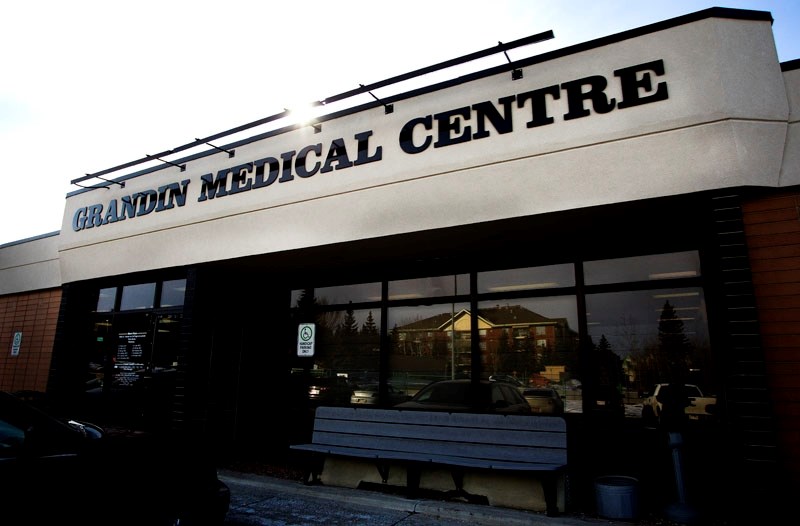Health care experts welcome the idea of a new compensation model for the province’s doctors.
Talked about numerous times over the years, the idea was most recently brought up by health minister Sarah Hoffman last week, as a potential cost saving measure for the province and an opportunity to improve patient care.
During its budget announcement last fall, the government promised to rein in health care costs by placing a two per cent cap on annual spending increases, beginning in 2018.
Salaries and wages make up the largest portion of health care costs. On average, a physician earns $354,492 (in 2014), paid for directly by the taxpayer.
There were more than 8,000 doctors practising in the province in 2014, according to the Canadian Institute for Health Information.
Hoffman believes other compensation models may give Albertans a better bang for their buck. But health economist, and former St. Albert mayor, Richard Plain said there are pros and cons to all systems.
Currently, doctors are paid according to a traditional fee-for-service model. Each service has a price tag determined by province and physicians and specialists are paid according to the volume of work.
Opponents of this model say this encourages doctors to see as many patients as possible and results in too little face-time with family doctors.
Dr. Darryl LaBuick, president of the St. Albert and Sturgeon Primary Care Network and general practitioner at the Grandin Medical Clinic, questions whether spending more time with a patient translates directly to better care.
“Or does that create inefficiencies? Because if I spend more time with a patient that means fewer patients can see me in a day, and we all know how long it takes to see a doctor already,” he said.
Other systems, such as paying doctors salaries, are just as easily contested.
That’s why Plain believes it’s important the public is involved in these discussions.
“I think now it tends to happen behind closed doors. When it’s all said and done … often times you wonder if everybody had the interest of the patients front and centre,” he said.
Proponents say that the salaried model relieves pressure from seeing so many patients, while opponents argue that it could discourage family doctors from working past regular business hours.
For the province though, this might be the most appealing option, said Plain, since it will know the exact amount needed to pay doctors when it sets the annual budget.
“Under fee-for-service you set the fees then your volume of services is going to vary depending on how much physicians collectively do. It’s harder to keep an eye on what your budget is going to be,” he said.
Both experts say there needs to be the right balance between incentives for quality of care and for efficiencies, something the current fee-for service doesn’t do, said LaBuick, who would like to see more support for team-based primary care.
LaBuick also said that any funding model chosen by the province should recognize the fact that physicians carry a significant amount of overhead.
Doctors get a lot of flack for their high salaries, but what most people don’t realize, he said, is that physicians pay their staff directly, unless they are part of the Primary Care Network, who are paid for by the province through a specific budget line.
LaBuick estimates that half his salary goes toward his lease rate, utilities and staffing.
“We’re also independent business people. We don’t get benefits paid by the province. We don’t get unemployment insurance. We have to pay all of that by ourselves.”
He added that research has shown one of the best models is a hybrid system where a doctor receives a salary to see a certain number for patients and then is offered an incentive for every patient over and above.




